Oil on panel, signed lower left.
16 x 22 cm
Provenance:
Private collection, Paris
AndréLanskoy: From Russia to Lyrical Abstraction
AndréLanskoy, born on March 31, 1902, in Russia and died on August 22, 1976, in Paris, was a Franco-Russianpainter and engraver, a major figure in lyrical abstraction and the New Schoolof Paris movement. His work, nourished by color, movement, and a profoundinteriority, reflects a constant dialogue between music, painting, andspirituality.Born into aRussian aristocratic family, André Lanskoy spent his childhood between Moscowand Kiev. The Russian Revolution turned his life upside down.
In 1919, hejoined the White Army during the civil war. Forced to flee, he went into exilein Constantinople, then arrived in Paris in 1921. This brutal exile marked hisimagination and led him to seek a universal language in painting, free fromborders and words.It was inParis, in the heart of the Roaring Twenties, that he fully discovered hisartistic vocation. He attended the Académie de la Grande Chaumière and becamepassionate about the works of Van Gogh, Matisse, and especially Paul Klee. Hebegan his career with a figurative style with expressionist accents, oftendark, dominated by portraits, interiors, and scenes of solitude.He quicklybecame friends with the Russian avant-garde artists in exile and beganexhibiting his work in 1923. His early works were praised by critics, notablyWilhelm Uhde, who supported him.
From the1940s onwards, his style evolved radically. Inspired by music, Byzantinetapestries, and the art of Kandinsky, Lanskoy turned towards abstraction. Heabandoned figurative representation to explore the expressive power of purecolor and the rhythm of forms.Hispaintings became dynamic, almost musical compositions, in which colors collidedand vibrated. This transition was part of the lyrical abstraction movement, towhich he made a major contribution, alongside artists such as Hans Hartung,Pierre Soulages, and Nicolas de Staël.ForLanskoy, color was a language, a living material. Each canvas was an intuitiveconstruction, often spontaneous but deeply thoughtful. He said, “What I amlooking for is not superficial harmony, but an inner correspondence.” Thisquest led him to experiment tirelessly, particularly with gouache and collagetechniques.
In the1950s and 1960s, he participated in numerous international exhibitions andreceived an enthusiastic reception. He was represented by the Galerie JeanneBucher, one of the most important galleries of the time.
AndréLanskoy died in Paris in 1976, leaving behind a rich, dense, and deeply uniquebody of work. His work has been exhibited in major European institutions,including the Musée d'Art Moderne de la Ville de Paris, the Musée de Grenoble,and the Hermitage Museum in Saint Petersburg.








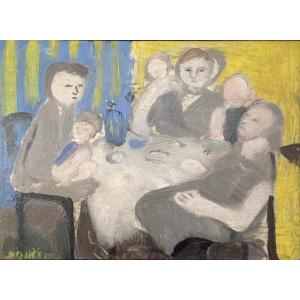







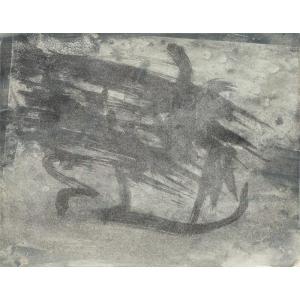


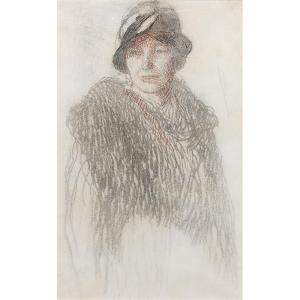




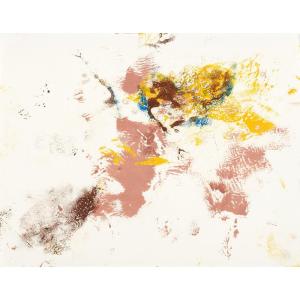



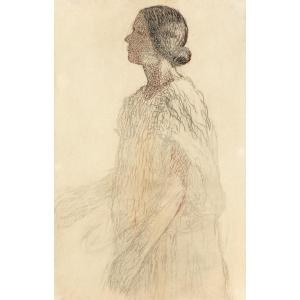









 Le Magazine de PROANTIC
Le Magazine de PROANTIC TRÉSORS Magazine
TRÉSORS Magazine Rivista Artiquariato
Rivista Artiquariato